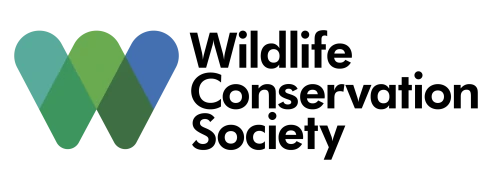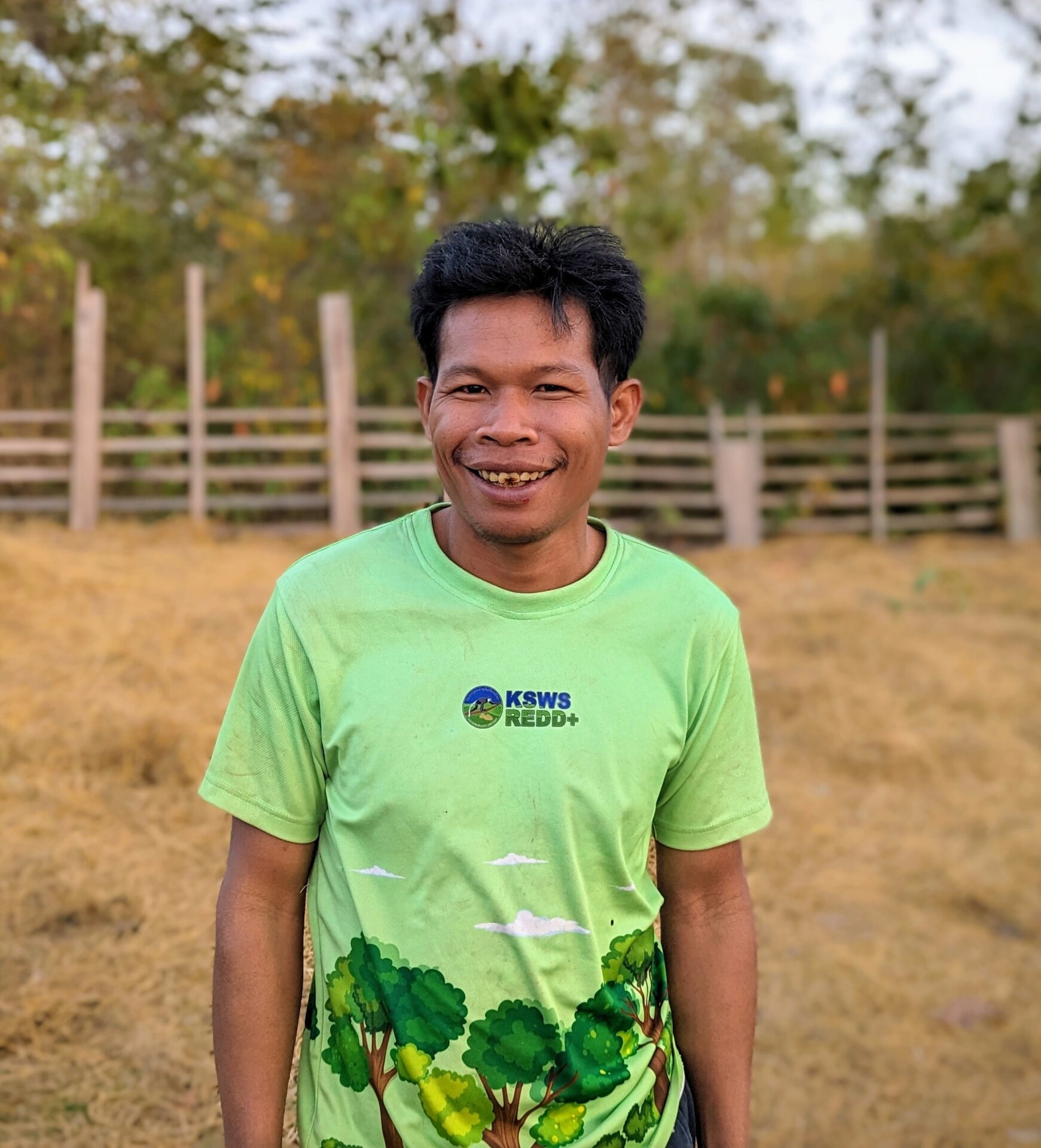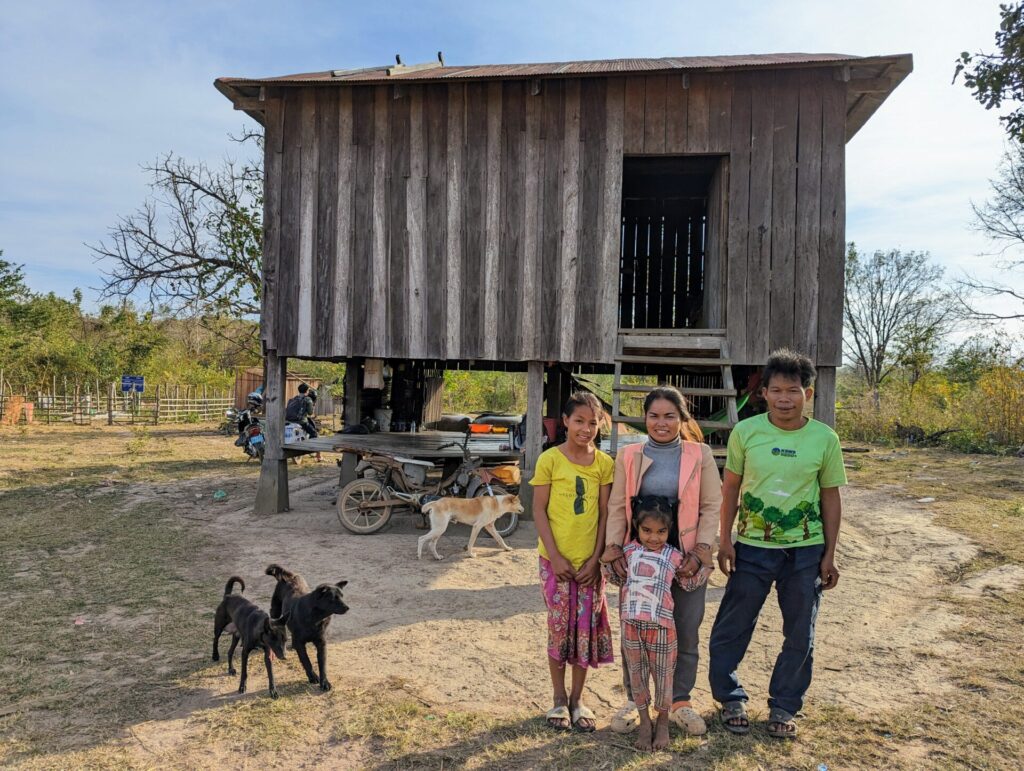Phyee Ruonh works tirelessly to improve his community’s livelihood, to protect the spiritual forest and his ancestral land.


Phyee Ruonh, a 34-year-old indigenous Bunong focal person based in Pu Ngaol village of Keo Seima district is one of the exceptional community leaders who has dedicated his life to forest protection.
He is the second oldest of 7 siblings, and the only one who was able to finish primary school in his family. When he was in the 4th grade, he was sent to live with monks at a Buddhist temple, to shorten the long distance from his home to school. In the 7th grade he had to drop out of school to help his family who were struggling financially.

When he was 14 years old, he was diagnosed with a rare disease of bone-marrow-poisoning in his right leg which caused him a high fever and threatened his life. He was sent to hospital the next day to get treatment, and after a few months, he was no longer able to walk properly because of the infection. While he is now recovered, his leg never returned to the way it was before. Despite his physical difficulties, he has been involved in community forest patrols since 2019.
In 2020, after attending a REDD+ meeting and becoming more engaged with the project, he applied to be a treasurer in his village where REDD+ has been implemented since 2010. He has continued on to be the REDD+ focal person in his village, working with WCS Cambodia in coordinating meetings between his community and local authorities and the REDD+ project team. He reports and gives updates on REDD+ implementation in his village, facilitates a savings group, teaches his community about natural resources laws and the importance of forests and wildlife. He does all of this in addition to leading his community forest patrol team.
“The REDD+ project is a guide to community development, and a guardian of forest conservation.”
Through his leadership, people in his community have begun to really understand the significance of forest protection and wildlife conservation, and the role they play in tackling the climate crisis.
In the future, he hopes that everyone in his community will be involved in forest protection and take part in conserving the natural resources in the Keo Seima Wildlife Sanctuary. He hopes that the biodiversity in his region will last to the next generation and that the forest will continue to provide food and shelter for both humans and wildlife.
